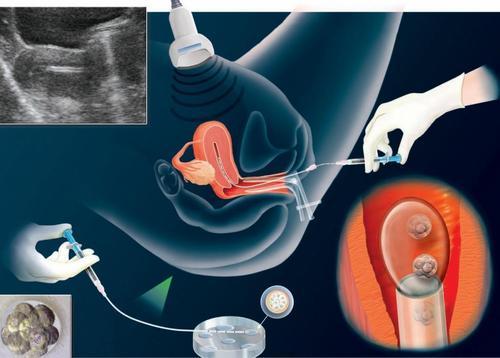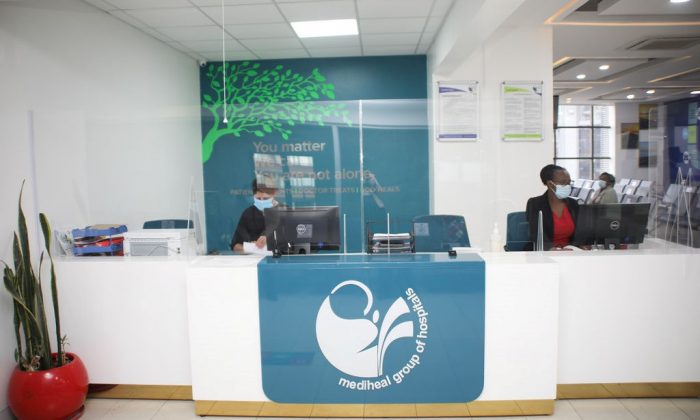
Embryo Transfer
Embryo transfer refers to a step in the process of assisted reproduction in which embryos are placed into the uterus of a female with the intent to establish a pregnancy. This technique is often used in connection with In-vitro Fertilization (IVF). Embryo transfer can be done at day two or day three, or later in the blastocyst stage, which was first performed in 1984.
Embryo Transfer Procedure
Uterine Preparation: For the procedure, uterine lining (endometrium) needs to be appropriately prepared, so that the embryos can implanted. In a natural cycle, the embryo transfer takes place in the luteal phase at a time where the lining is appropriately undeveloped in relation to the status of the present Luteinizing Hormone. In a stimulated or a cycle where a ‘frozen’ embryo is transferred, the recipient woman could be given first estrogen preparations (about 2 weeks), then a combination of oestrogen and progesterone so that the lining becomes receptive for the embryo.
Steps Involved:
- The embryo transfer procedure starts by placing a speculum in the vagina to visualize the cervix, which is cleansed with saline solution or culture media. A soft transfer catheter is loaded with the embryos and handed to the clinician after confirmation of the patient’s identity. The catheter is inserted through the cervical canal and advanced into the uterine cavity.
- There is good and consistent evidence of benefit in ultrasound guidance that is, making an abdominal ultrasound to ensure correct placement, which is 1 – 2 cm from the uterine fundus.
- There is evidence of a significant increase in clinical pregnancy using ultrasound guidance compared with only ‘clinical touch.’ Anesthesia is generally not required.
- Single embryo transfers in particular require accuracy and precision in placement within the uterine cavity. The optimal target for embryo placement, known as the maximal implantation otential (MIP) point, is identified using 3D/4D ultrasound.
- After insertion of the catheter, the contents are expelled and the embryos are deposited.
After withdrawal, the catheter is handed to the embryologist, who inspects it for retained embryos.

